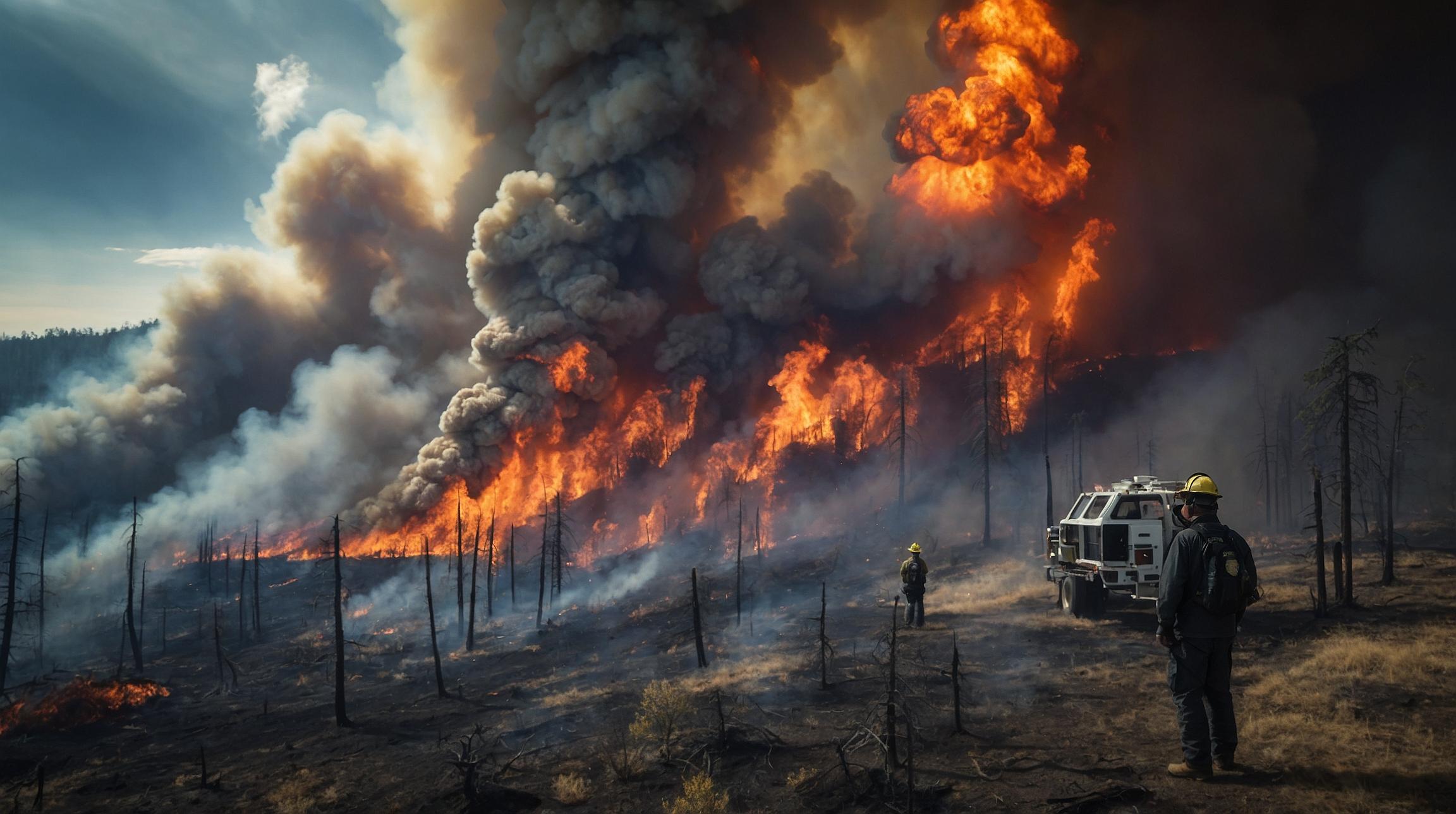The Urgency of Early Wildfire Detection
Wildfires are increasingly destructive, fueled by climate change's hotter, drier conditions. Early detection is crucial to prevent fires from spreading uncontrollably, saving land and lives. Traditionally, fires are reported by passersby, but technology can now detect them sooner.
Cutting-edge Satellite Technology
Google has partnered with Earth Fire Alliance to develop FireSat, a satellite system aiming to detect small fires with frequent updates. Unlike existing satellite solutions providing either detailed images or frequent updates, FireSat promises both, with images refreshing every 20 minutes. German startup OroraTech is pursuing similar goals, with plans for 100 shoebox-sized satellites delivering images every 30 minutes.
Ground-based Innovations
Pano AI leverages high-tech camera stations, strategically placed on mountains, offering a 360-degree view. These cameras monitor for fire activity within a 15-mile radius. Once detected, algorithms send alerts to human analysts, enhancing early response.
Challenges in Wildfire Prevention Technology
Despite the promising technologies, two challenges arise: quantifying prevention success and funding these initiatives. Prevention efforts are undervalued due to their intangible results—avoiding fires is less visible than fighting them head on. Cost is another barrier. For instance, a Pano AI station costs $50,000 a year. However, the cost of prevention is dwarfed by the expenses utilities face post-fire, such as the lawsuits Xcel faces following a Texas wildfire.
Financial Implications and Funding
The Earth Fire Alliance's satellite system needs over $400 million, with only two-thirds secured for its initial phase. Funding is essential, given the impact of wildfires on emissions and human safety, highlighting a public interest to invest in prevention.
Conclusion
AI and satellite technology hold promise for transforming wildfire detection and prevention, but challenges remain in valuation and funding. Successful implementation could redefine our approach to managing wildfire risks.













